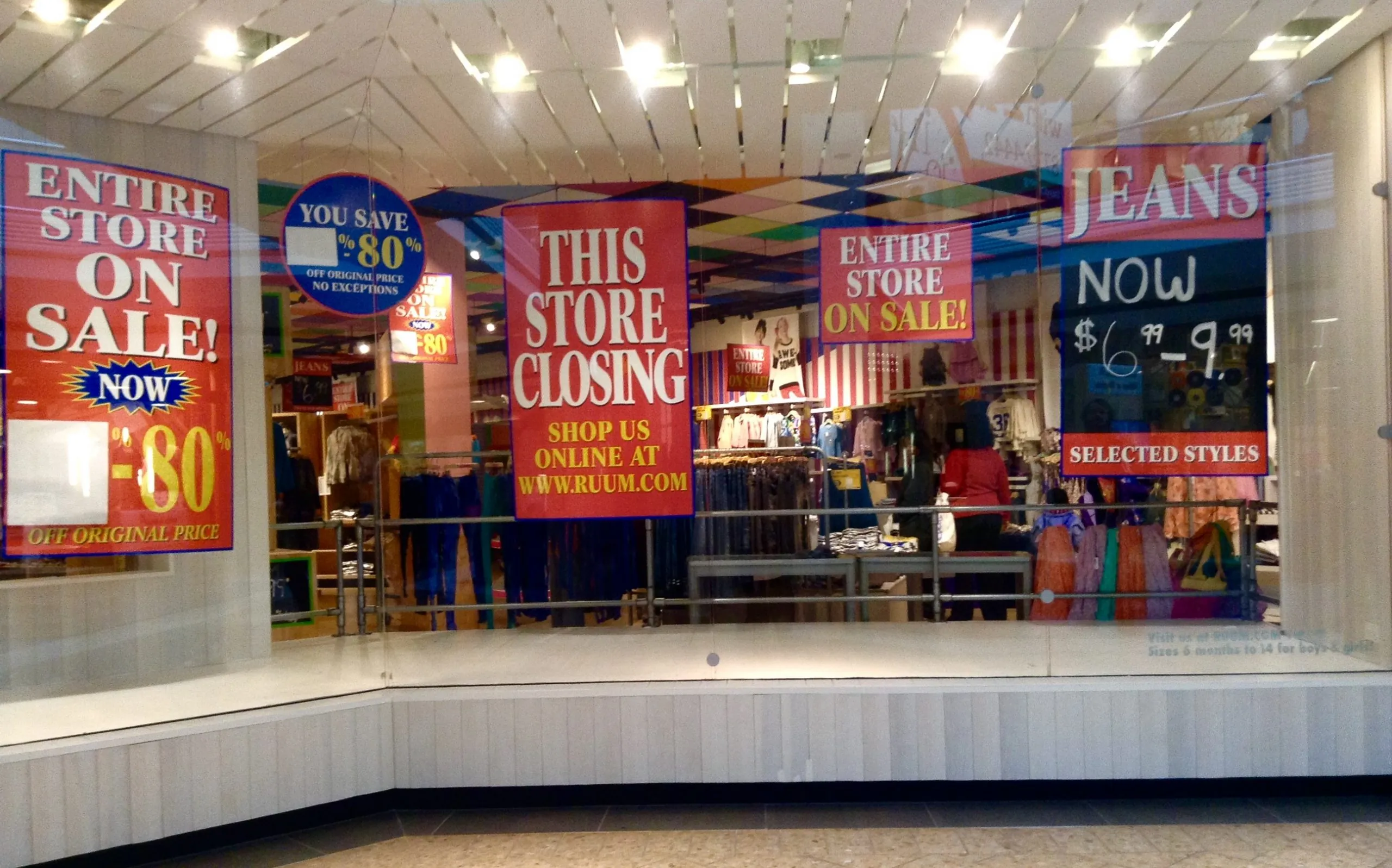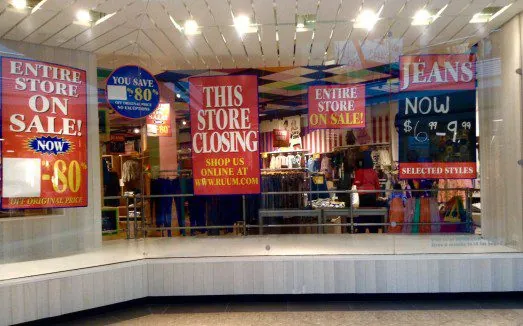Business owners who have started their businesses before the time of the Internet have succeeded; and till date, some of their businesses continue to thrive in a highly competitive omnichannel retail environment. Naturally, to these business owners, eCommerce may not seem like an immediate or definite business success factor. Instead, what matters most are still service standards, product quality and accessibility of shop location.
However, would this continue to stay true in the next couple of years?
Let’s look at the facts and future of eCommerce as we explore its possibilities in retail and changing consumer habits.
LOW MAINTENANCE COST

Have you ever calculated how much you would need to maintain a physical retail shop versus a virtual eCommerce store?
No matter where you are located, setting up a physical retail shop is bound to incur costs involving rental, human resource, utilities, inventory management or operational systems, and more!
What about an eCommerce store? Let’s look at the three main costs involved:
1. Annual Fee for Domain & Hosting– Similar to rent for physical shops, this is a fee charged on “virtual space rental”; and although optional, most businesses would prefer to establish a personalised and branded URL, which acts similarly to a signboard.
2. Delivery & Fulfilment – A delivery system needs to be put in place for all eCommerce stores that intend to offer paid delivery options to domestic and international customers. This system will allow eCommerce retailers to facilitate collection of delivery fees, scheduling and tracking of parcel.
3. Inventory Storage Space– eCommerce allows selling anywhere at anytime. However, most eCommerce retailers struggle with limited storage space for goods. While some small businesses convert their personal spaces into mini warehouses, there are also some that prefer to pay a fee for temporary use of a goods storage space.
CHANGING CONSUMER BEHAVIOUR
There is an increasing number of customers who are purchasing online. Ranging from household products, fashion apparels, groceries to food delivery!
According to Statista, worldwide retail eCommerce sales have been on the rise since 2014. Between 2014 and 2017, there was an average increase in eCommerce sales of 20%. This is predicted to grow steadily through till 2021, where ecommerce sales is likely to increase from $1.3 trillion in 2014 to $4.5 trillion in 2021 (approximately a growth of 246.15%).

Photo: Mike Mozart, https://www.flickr.com/photos/jeepersmedia/16134422189
We read and hear of physical shops closing down, but definitely not going bust. This can be attributed to the growth of eCommerce in recent years, as well as retailers’ constant efforts to remain relevant to their customers’ changing needs.
However, sales are declining gradually for physical retail shops as consumers begin to lean towards preference for convenience and being able to access a pool of information, which would be helpful for making informed purchase decisions. In order to keep up with these changing consumer trends, physical shop retailers are starting to extend their operations and sales to a virtual space called eCommerce. This virtual store extension allows merchants to reach out to a wider group of customers located globally, and opens up opportunities to increase sales and expand business operation.
A CLICK AND YOU’RE INTERNATIONAL
Selling products internationally may sound unachievable for businesses of smaller scale. However, with eCommerce, this is no longer a dream but an opportunity. The reality is, the Internet has brought the world closer together and selling is now beyond limits of a single geographical boundary.

You may have sold some products via social media platforms or marketplaces, and you could possibly already be making some decent profits. So what’s the big deal about going into eCommerce when what you have now seem sufficient and profitable?
Well, maybe, you should ask yourself two questions:
Would you choose to be channel your sales through an independent platform, not, or both? – Tapping into the resources of Facebook Shop, LINE Shop, Amazon, eBay, or any marketplace, you are agreeing to come under the platform as a part of their network of marketplace providers. From a sales and branding perspective, if you do decide to pull your business out from any of these platforms, your sales revenue will be first to take a deep. Without an eCommerce store of your own, the lack of presence in other platforms may lead to loss of customers and revenue. For customers who are tied down by loyalty, without an alternative place to turn to, they may end up sourcing for other similar providers from the marketplace’s network of merchants instead. You are potentially losing your customers to your direct competitors.Moreover, if any of the marketplace providers intend to impose additional taxes or commission schemes on your products or sales revenue, you should be ready to comply without complaints.
How long can you sustain a business on social media platforms or marketplaces? – Retailers may face uncertainty and volatility when in partnership with social media platforms or marketplaces. Negative news related to these platforms may adversely affect business operations, such as cases of acquisition, which may ultimately lead to policy changes and differences in business directions. You should then ask yourself if these changes may affect your business greatly? There is no model answer and things may differ from business to business. Even so, we would encourage you to diversify your sales channel while also ensuring business stability and flexibility to keep up with today’s rapid-changing retail landscape.
CONCLUSION
There are possibly more advantages when starting an eCommerce store for your retail business. We have considered factors such as cost of setup, changing consumer behavior, opportunities that come with worldwide reach, as well as long-term business sustainability.
As the upcoming generation of Millennials continues to shape and influence consumer trends, we are seeing more businesses shift into digital platforms, such as eCommerce, so as to match new needs and wants. Depending on market demands, shifting to eCommerce may not even be a soon-to-be decision for retail businesses, but a necessity in Retail 4.0 and omnichannel retailing.
If you are not on eCommerce yet, it’s probably time to look into this today.

